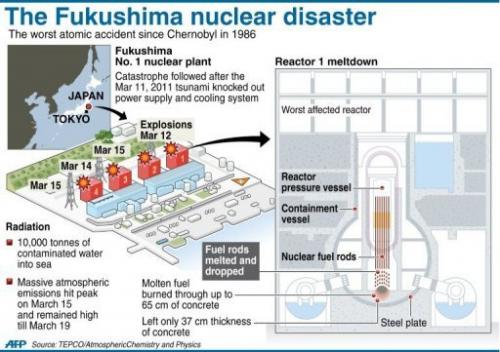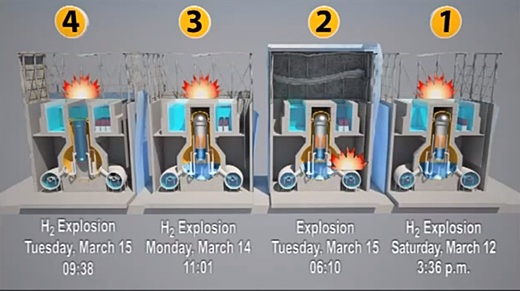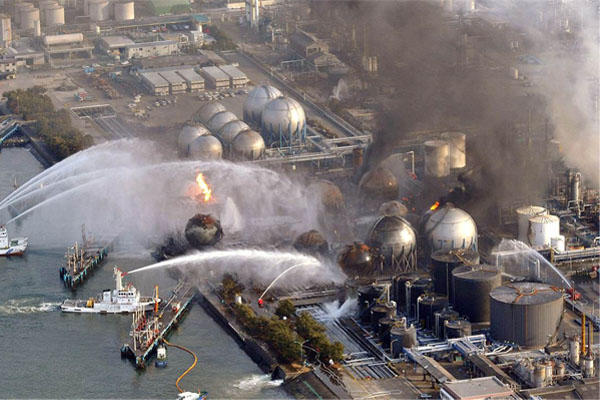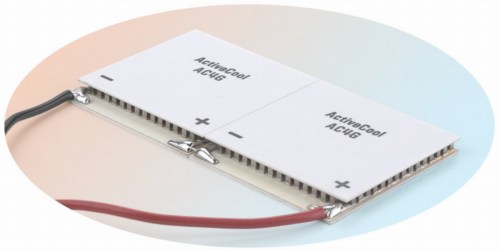Final project and Experiment:
The last project of this wonderful course is to create something that relates to the course material that we covered in class. There were dozens of different possible ideas, but since my partners and I were all in the field of electrical engineering, the professor asked us to come up with something more challenging. After multiple meetings with the group we decided to use the wind power as a goal plan. Wind is a natural source of renewable energy and we can use it to generate power by converting the kinetic energy to electrical. According to Ohm’s law, the instantaneous electrical power generated is proportional to the current in the circuit, multiplied by the voltage provided to the system.
Wind power has always interest me, so we came up with the idea of assembling a wind turbine that can actually generate power. Our main idea was to create a wind turbine that we could hook three LEDs to it and have them light up. We started by finding a turbine generator that we could assemble a fan blades to it that can rotate and generate power. Before we began putting the blades together we wanted to test it and make sure it is running and that it could give us enough power to light up the three LED’s attached. So I used my hand to rotate the generator after wiring the LEDs and by doing so I actually had it lighten up, so that gave us a heads up to start the process of assembling.
Unfortunately after presenting the idea to class and having everything sat up, the wind turbine was not giving us enough voltage to light them up. Since doing it by hand gives us much more faster rotation that was why we had them lit. We tried doing the voltage doubler idea which is: an electronic circuit that charges capacitors from the input voltage and switches these charges in such a way that, in the ideal case, exactly twice the voltage is produced at the output as at its input. However, that voltage doubler idea did not work.
In our case when having the fan on high the maximum output voltage we were getting was 250 mV so it was not enough to light up any of the LED’s since we needed at least 1.6 V. We had to quickly change the idea and to find something related with the same concept but with excluding the LEDs. So we decided to prove power efficiency of wind turbines by measuring the output voltage and current that was obtained from the wind turbine after air hits the blades. I personally came up with title of Wind and Math since it is more alluring and it gives a general idea of what we will be experiencing in this specific lab experiment.
If the voltage and current output from a wind turbine are known, the power output can be calculated:
Pout=Current *Voltage
On the other hand, when talking about wind power, the relationship between the air density, the surface area of the blades and the wind speed all determine the input power available.
Pin=12*A*V3=12 *( Air Density) * (Air Speed)3
The efficiency achieved is based on the output, divided by the input, multiplied by one hundred.
Power Efficiency=PoutPin*100
Since we were asked to have other groups within the class to try and test our experiment, we have put together those steps to help the students to simply perform and experience this challenging task. We have followed the assigned rules that was given in the syllabus to make the handout. Part of the handout that we gave to the students was as the following:
Procedure: In order to make this experiment successful we will need you to take a couple of measurements, perform some operations and record all of them in the table below.
-
For the first part of this experiment you will need to calculate the amount of power that is generated by the fan on our system. We will call this power the input power and it can be calculated by using the following formula: Pin=12*A*V3=12 *( Air Density) * (Air Speed)3. In order to do this, you need to the following.
-
Measure the diameter of the fan in centimeters to determine its radius. radius=d2=diameter of the fan2
-
With the radius, calculate the area of the fan using Area=*radius 2(Be sure to convert from centimeters to meters before calculating the area. )
-
1 meter = 100 centimeters
-
With the information calculated in steps A and B, and the information provided below calculate the input power using the formula that was previously provided .
-
Air Density= =1.3 kgm3 Air Speed (low)=3.5 meters/second
-
-
Repeat parts a through c but use Air Speed (high)=3.8 meters/ second as the new air speed. This corresponds to the air speed coming out of the fan when its set to High
-
Record all your values in the table below.
-
Measure the output voltage (Vout) from the wind turbine.
-
Configure the multimeter to the 2000mV position. Connect the leads from the fan to the testing probes of the multimeter. With the fan speed set to Low measure voltage and record this value in the table below.
-
Switch the fan speed to high and record the output voltage in the table below.
-
-
For the 3rd part of this experiment we will calculate the output power; the power produced by the wind turbine by using Ohm’s Law definition of power. Pout=Current *Voltage For our purposes, the voltage that we will use is the output voltage that was measured on the previous part for each fan speed.
-
Configure Multimeter to 200mA.
-
Switch fan speed to Low; measure the current and record your values.
-
Using the formula from above, calculate the output power.
-
Repeat steps a through c for a high speed and record your values.
-
-
Finally, we will determine the efficiency of this wind turbine by calculating the ratio between the input and output power by using the following formula Power Efficiency=PoutPin*100
-
Calculate the efficiency for each of the fan speeds and record your values.
-
.
Data:
|
Fan Speed |
Radius |
Area |
Air Speed [m/s] |
Power in |
Output Voltage |
Current |
Power out |
Efficiency |
|
Low |
8.5 cm |
.025 m^2 |
3.5 m/s |
318 mW |
240 mV |
30 ma |
7.2mW |
2.2 % |
|
High |
8.5 cm |
.025 m^2 |
3.8 m/s |
407 mW |
280 mW |
35 ma |
9.8 mW |
2.4% |
Analysis:
-
Does the experiment prove the concept of power? i.e. does higher fan speed result in greater power generated?
Yes it does. Air speed is proportional to the output voltage










 The fission process in the nucleus of each atom of Uranium-235 fuel are 92 protons and 143 neutrons. And 92 electrons around the nucleus, which are smaller particles. Fission is when nucleus absorbs an extra neutron, it breaks into two parts or splits. Every time they split, it releases two or three neutrons. The primarily use of the MIT research reactor is to produce neutrons, having neutrons traveling at a very high speed within the core. There are six control blades of boron-stainless steel that control the uranium nuclei, which they are inserted vertically alongside the fuel elements. In order to operate the reactor, we have to slowly raise the blades, so they absorb very few neutrons. Until it reach enough neutrons that causes the split of uranium nuclei, and then sustain a chain reaction. Another essential factor to operate the reactor is the moderator coolant. Which is very important since uranium nuclei do not readily absorb neutrons that moves really fast, which they leave fissioning nuclei. It is essential to slow them down with a moderator. And because of this problem about one-half the volume of the reactor’s core contains water.
The fission process in the nucleus of each atom of Uranium-235 fuel are 92 protons and 143 neutrons. And 92 electrons around the nucleus, which are smaller particles. Fission is when nucleus absorbs an extra neutron, it breaks into two parts or splits. Every time they split, it releases two or three neutrons. The primarily use of the MIT research reactor is to produce neutrons, having neutrons traveling at a very high speed within the core. There are six control blades of boron-stainless steel that control the uranium nuclei, which they are inserted vertically alongside the fuel elements. In order to operate the reactor, we have to slowly raise the blades, so they absorb very few neutrons. Until it reach enough neutrons that causes the split of uranium nuclei, and then sustain a chain reaction. Another essential factor to operate the reactor is the moderator coolant. Which is very important since uranium nuclei do not readily absorb neutrons that moves really fast, which they leave fissioning nuclei. It is essential to slow them down with a moderator. And because of this problem about one-half the volume of the reactor’s core contains water.







